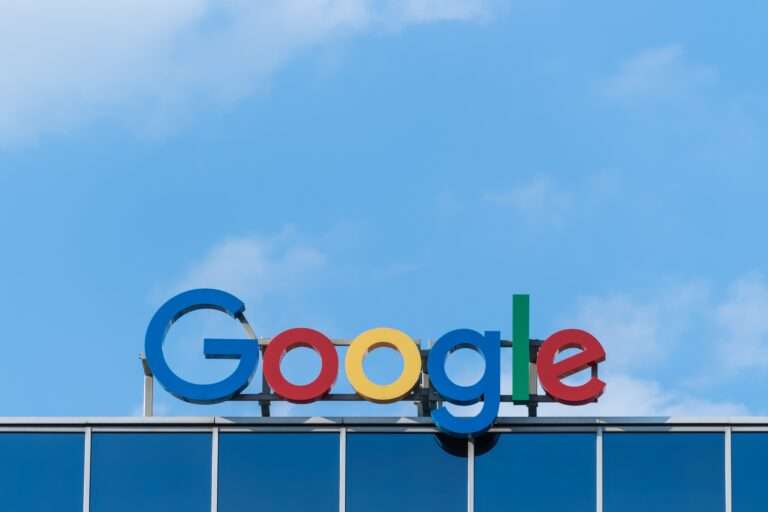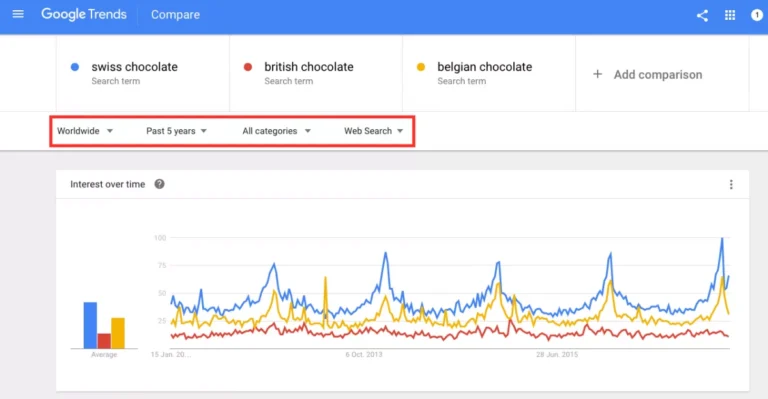11 best practices for google ads in 2023
Launch your Google Ads campaigns in 2023, following the best practices. Make your business increase its sales this year.

Advertising online is one of the most effective ways to drive traffic to your website and achieve even greater results. Google Ads is one of the best tools for this, and you’ll check out all the tips to create the best possible campaigns in this article!
What is Google Ads?
To start successful Google Ads campaigns, you must first understand that it is a system of sponsored links that works with PPC (pay-per-Per-Click’, and has made a big difference in the advertising of large companies.
This is because, through the system, it is possible that the ads reach an audience that is the face of your business, so you do not lose investment time and money on people who do not have great chances of becoming customers in fact.
Basically, you decide who to talk to, how often, and under what conditions you want your audience to receive ads related to your service or product.
How does Google Ads work?
Google ads can be displayed in a variety of ways. This is because the tool is multiple: it comprises the search network, display network, and video. Ads can be served as:
- Search engine search results related to the keywords used by users;
- banners in specific sites directed by you;
- banners in various channels, segmented by the interests of the target audience.
- banners in applications
- banners on YouTube;
- YouTube videos.
A good advertisement needs to reach the ideal audience, and Google Ads can be your ally since you can target, segment, and also measure the results of your campaigns.
With Google Ads, the advertiser has control over what has been invested. You can configure the investments per day, per month, or for the entire campaign.
The charge will be made when the ad receives clicks, one thousand impressions, or, if you have configured the goal of your campaign for conversion, when these conversions begin to occur on your site or in e-commerce.
So you have control over the entire investment and no need to worry about spending more than the budget previously established. Practical, isn’t it?
How to create a campaign in Google Ads?
Google Ads, formerly Google Adwords, is constantly being updated to make its usability more intuitive for the user.
With it, you can create a campaign by levels and sublevels (groups of ads and the ads themselves). You will decide what your main goal is, segment your audience, and configure the ads.
To know All the details of how to advertise on Google, check out this article of ours that will teach you everything you need to know about Google ads.
Now, to measure the results obtained by the ad campaigns, Google Analytics is the best tool to monitor the traffic generated by the ads on your company’s website. In this way, you can understand the behavior of the user within the page after he or she clicks on the sponsored link directed at him or her.
Basicly, You will have a 360º view of how your materials are impacting the public and the ways of optimising them so that the user experience is increasingly assertive and you can achieve conversion to a customer.
11 best practices for your Google Ads campaigns
#1: Set an Goal

There is no point in starting a campaign just because you think, “I want to sell more.” It is necessary to establish a quantity, a proportion, or something plausible for performance analysis. This way, it is possible to measure results and determine when an objective is reached.
It is also necessary to know for how long this “sales increase” can and should be achieved.
For example, lets imagine i have a site that sells books:
What results do I have today? an average of 500 daily visits and 4 sales;
My goal and deadline for achieving it are: 4,000 visits a day in 4 months.
This type of planning is what will dictate how much you google ads will cost.
Remember: there is no point in creating great goals if there is no chance of directing investments in the same proportion.
Setting goals is creating viable strategies to accomplish what was planned in the first moment.
#2: Make a study of the audience and create a plan
Collect as much information as possible about your current situation. With Google Analytics, you can get information such as:
- How many visits you currently have and where they come from;
- How long they stay on your site, what they are looking for
- Where they enter your website;
- How much each customer spends on average.
The more data you collect, the better. As said before, this way you can say what your audience wants to hear.
#3: Maximize the benefits of your products
For people to be interested in your campaign, it must be very objective and expose the best of your product. Identify precisely what your product or service offers and its greatest qualities.
By studying your audience and understanding their consumption habits, it is possible to understand what needs they seek to meet when purchasing products.
By finding that your audience is looking for comfort and practicality, find how this fits in with what you offer!
#4: Know your competitors
Your website may be very good, and your products may be of very high quality, yet you still don’t get the customers you want. The problem may be the competition.
Gather information like:
- Who are your competitors on Google?
- What, how, and when do they advertise?
- Where do they position themselves?
- Are the ads always the same or do they change?
- Where do they take their ads?
From the moment that you have knowledge on who your competitors are, start monitoring their actions and incorporating this into your strategies, you will understand the strengths and opportunities to stand out by analyzing what is already being done in other campaigns.
#5: Use keywords in your ad

Your keywords used in the segmentation were chosen for some strategic reason, right? So, see which of them can be inserted not only in the title of the ads but also in the content of the description.
With relevant terms in your ad, it gains more relevance since it offers (in the targeting and in the text) what the audience is looking for.
#6: Organise keywords into smaller groups
Working with fewer but more specific keywords will get more results in campaigns than a huge, generic list of advertisements.
Put the term in the text of your ad. Put the unique aspects of your product or service in the ad.
#7: Do not use duplicate keywords
Google itself advises against running different campaigns focusing on the same keyword. This will only make your ads compete with each other.
#8: Target negative keywords
Google Ads allows you to add negative keywords to your targeting, i.e., terms that should be excluded from search results in the campaign you are running. By adding this list of negative words, your resources are optimized since your ads will not be displayed to people who search for these terms or access sites that contain them.
For example, if your ads are for guitars, and you can exclude words such as microphones, banjo, and drums, among others, that could confuse the user’s search and end up wasting your investments with clicks from an unqualified audience.
Ps: If you ever see your ads displayed on keywords that you don’t want, make sure to blacklist them.
#9: Try different copies and formats
Don’t use the same creativity for too long. Experiment with different texts as well as other formats that can be exploited as novelties to get more attention from your target audience.
PS: Learn more about writing bullet-proof professional copy.
#10: Create separate ads for each phase of the funnel

Don’t set up the same ads for people who are at the top, middle, and bottom of the funnel. Be strategic and create different ads for different stages of your customers’ buying journey.
At Each stage the persona will have different levels of awareness, meaning that what will be compelling to someone who is already at the bottom of the funnel – who understands that they have a problem, that they need to solve it and how it can be done – will not make sense to someone who is still at the top.
#11: Target your ads to the right page
Directing your customers only to your homepage is not good business. Sending them to the specific pages of the products they clicked on can result in a much better conversion rate.
Another tip is that pairing an SEM campaign with SEO optimization of your page can greatly improve results.
Bonus: Optimize your bids based on your audience's geolocation
Did you know that your ads may have a variation in results according to the region in which they are published? After all, each location has its own cultural and behavioral peculiarities, which can impact your campaigns.
In Google Ads, there is a resource for adjusting bids according to geolocation. Thus, you can analyze the numbers based on your strategies and optimize which regions deserve an increase or decrease.
To Conclude...
You’ve studied, collected information, set goals, and set up your campaigns. Great. Just don’t forget to follow up and closely monitor the results of your campaigns. They will also help you define the best way forward.
Don’t stop studying and optimizing your campaigns.
One of the most important learnings, before you even start advertising on Google, is to know well all the ways of advertising that you can do.
Know the rules and best practices that Google Ads suggests, and know that The success of your campaign depends on many tests and optimizations.
It is worth remembering that working well on your landing page is even more important than working well on your ad because it is on your landing page that the user will perform the conversion actions that you expect.
Ps: Learn more about google ads here!
Need some help with your campaign?
We are a professional Google Ads agency that can reduce how much Google Ads will cost you and guarantee you better results.
Doubts?
Tell us about your business and where we can help you, We love new projects